18 Thanksgiving Myths And Truths That Will Surprise You
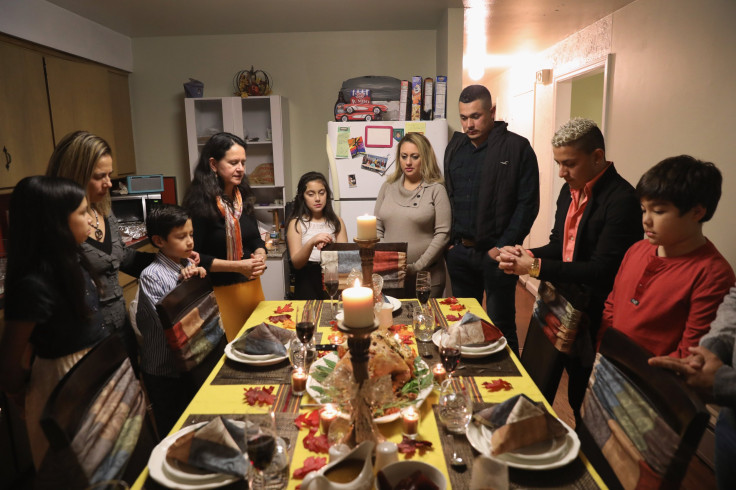
KEY POINTS
- Upon the pilgrims' first arrival in New England, they were called Saints or Separatists
- Thanksgiving is surrounded by many confusing and complicated beliefs passed on through generations
- Stuffing and dressing have Americans confused with the terms due to geographical differences
Thanksgiving is America's second-favorite holiday after Christmas. Mostly associated with a few traditions, such as roast turkey for dinner, football games and Macy's parade, Thanksgiving is spent celebrating blessings and enjoying the company of loved ones.
Despite being a favorite time of the year, Thanksgiving is surrounded by many confusing and complicated beliefs passed on through generations.
Here are some of the most popular Thanksgiving myths and the truths behind them.
Myth 1: The first Thanksgiving was a major historical event.

According to National Geographic, Thanksgiving in 1621 was simply a typical harvest celebration. This explains why there were no sufficient historical records of the event. It became a national holiday only after President Lincoln's declaration.
Myth 2: The Pilgrims founded a Plymouth Rock settlement.
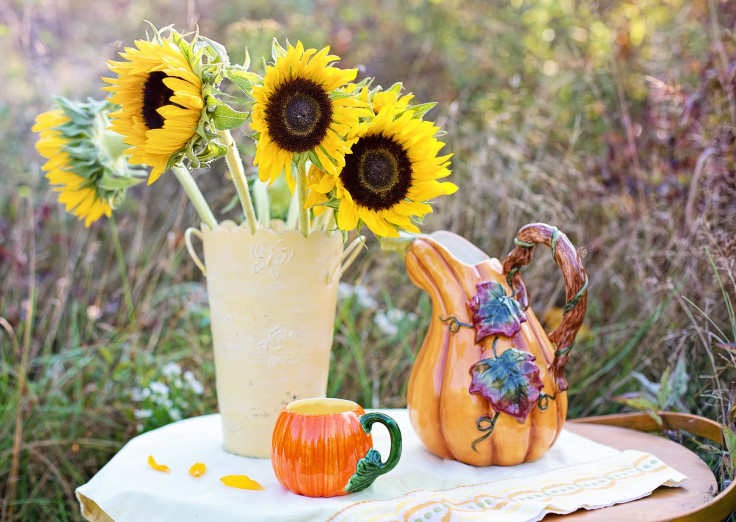
The Mayflower was headed to Virginia but wound up in Massachusetts, according to History. In addition, Plymouth Rock was already fully occupied by Native Americans. National Geographic said there was no room for new settlements at that time.
Myth 3: The Settlers were already called Pilgrims.

Upon the Pilgrims' first arrival in New England, they were called Saints or Separatists, claims History. The settlers were called Pilgrims only after the colony's bicentennial in 1820 when the term "pilgrim fathers" was used by orator Daniel Webster.
Myth 4: The Native Americans got invited by the Pilgrims to the feast.

While there was really a feast held in 1621, there was no proof that the Native Americans were invited, as per Fortune. If Native Americans were present, it was probably because neighboring Wampanoag tribe members might have heard warning shots from the settlers and became curious.
Myth 5: The Pilgrims were kind to the Native Americans.
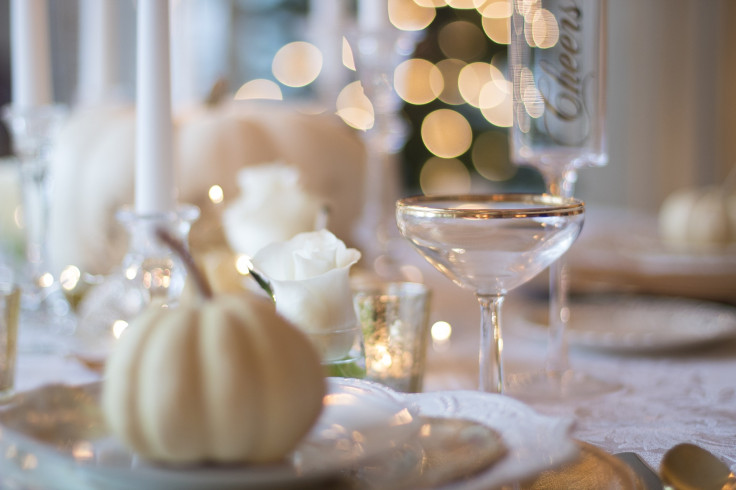
The so-called Pilgrims were not ready for their new life, which pushed them to raid the Wampanoags' graves and storehouses. The relationship between the two groups worsened after Thanksgiving, triggering the Pequot War, claims Fortune.
Myth 6: The Pilgrims were also kind to Squanto.

Squanto, aka Tisquantum, helped the Pilgrims in so many ways. He translated for them, assisted them with trade and taught them corn planting, according to The New York Times. But the English held Squanto captive and sold him in Spain as a slave.
Myth 7: Thanksgiving was a celebration of communities uniting as one.
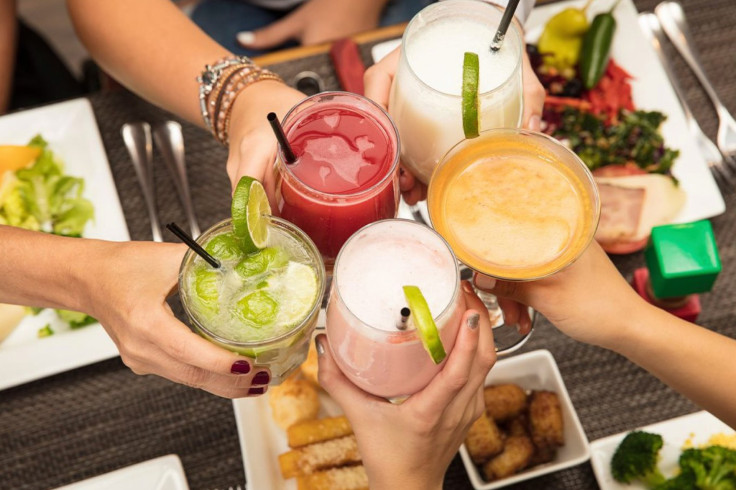
The relationship between the Wampanoags and the Separatists was not exactly amicable. The peaceful harvest celebration was eventually followed by many years of colonization and oppression of Native people, according to Bustle.
Myth 8: The Pilgrims introduced Thanksgiving to "uncultured" Indians.
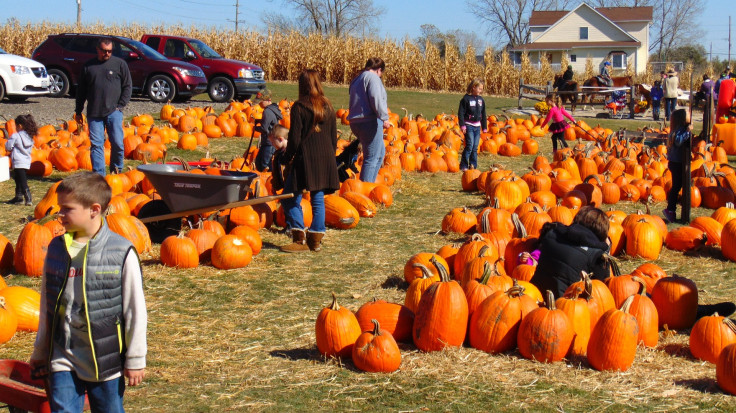
Long before the arrival of the settlers, the natives already had a large and complex civilization. Reader Digest noted that communities had been practicing harvest celebrations, other feasts and holidays. The concept of gratitude was also part of their religious customs.
Myth 9: History began with the arrival of the Europeans.
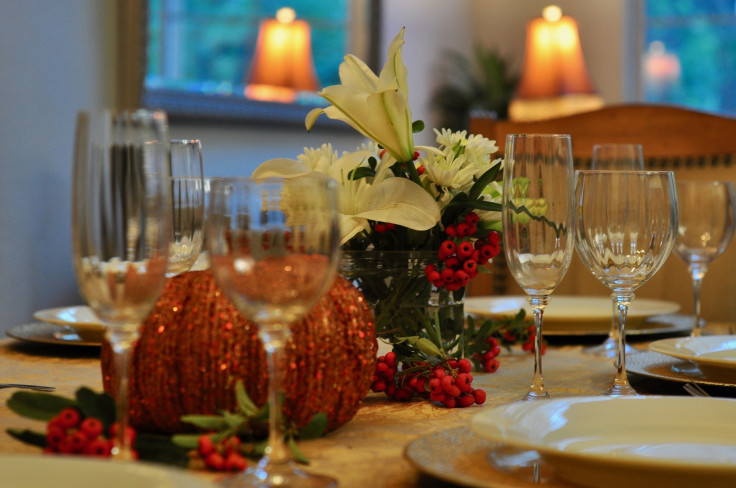
The Americas had been inhabited by people for at least 12,000 years, long before the Europeans came. Mayflower's arrival was not the first contact because the Wampanoags already had a century of contact with the Europeans, author David Silverman told the Smithsonian Magazine.
Myth 10: Thanksgiving has always involved feasting.
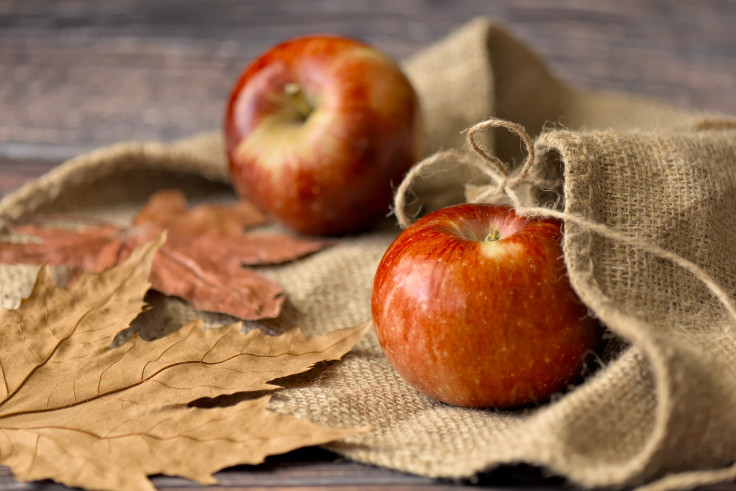
The English people originally celebrated Thanksgiving as a fast instead of a feast. For the Plymouth Rock settlers, the idea of "giving of thanks" was in the form of praying and abstaining from food. The Natives contributed their tradition of feasting in the three-day celebration, as per Time.
Myth 11: Pilgrims and Puritans refer to the same group.
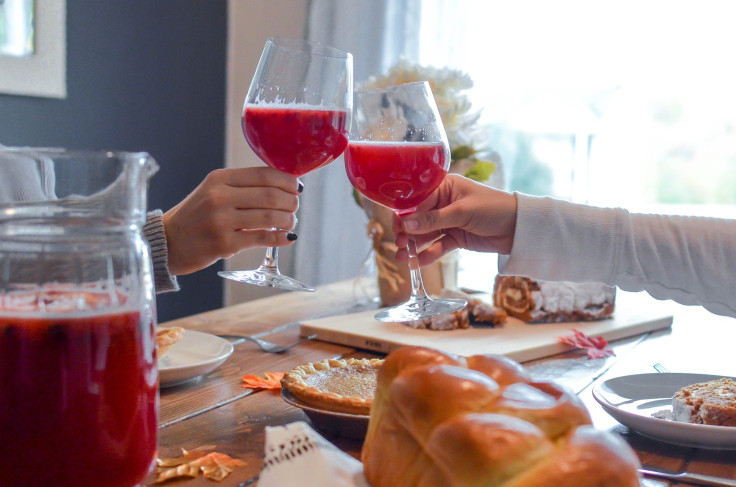
The Pilgrims arrived in Plymouth Rock on the Mayflower. The Puritans came a decade later and settled in Boston. The latter group who sailed to America in search of religious freedom considered the Pilgrims "incurable utopians," according to History News Network.
Myth 12: The Pilgrims were in black and white.
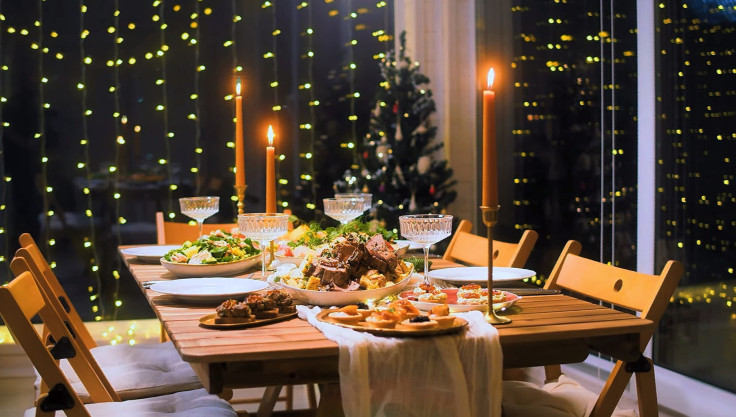
The Pilgrims did not dress in black and white. Men and women wore different colors. Red, green, blue and violet were common colors of women's dresses, according to Washington Post. Also, they did not wear those silly buckles, shoes, or steeple hats, noted History News Network.
Myth 13: The Pilgrims feasted on turkey.
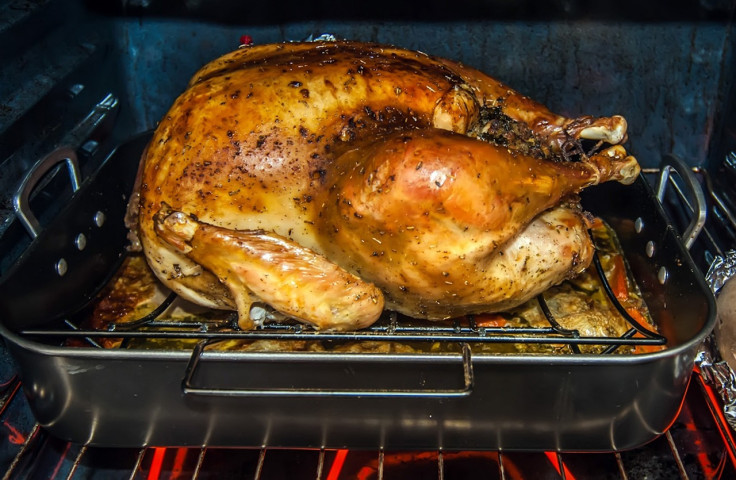
Records showed that no one knew if the Pilgrims had turkey during the Thanksgiving celebration. While the people at that time were used to eating turkey, having deer was also one sure thing. Also, they didn't eat their food with a fork, for it was not even a thing back then.
Myth 14: The presidential pardon of a Thanksgiving turkey began with Lincoln's son begging.
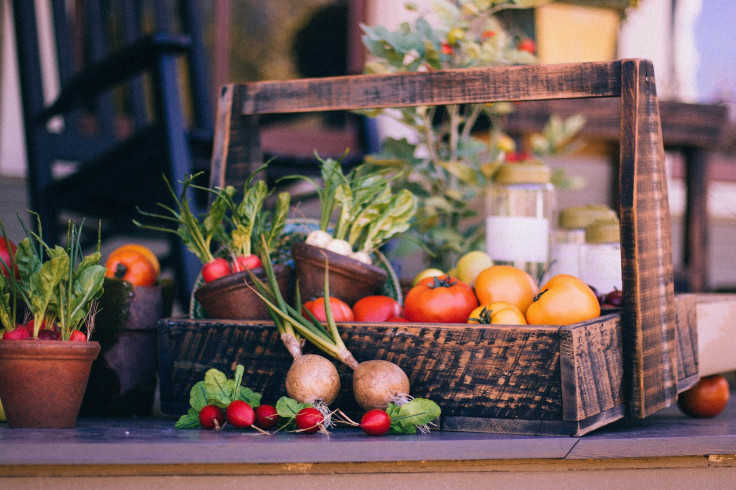
President George H.W. Bush did the first turkey pardon in 1989. A commonly known anecdote claimed that in 1863, Abraham Lincoln's son grew fond of a turkey gifted to them for a holiday feast. The son begged his father to save the turkey, which he named Jack. While Lincoln pardoned the turkey, it was actually for the Christmas feast, not Thanksgiving.
Myth 15: American presidents had the same views about their Thanksgiving turkeys.
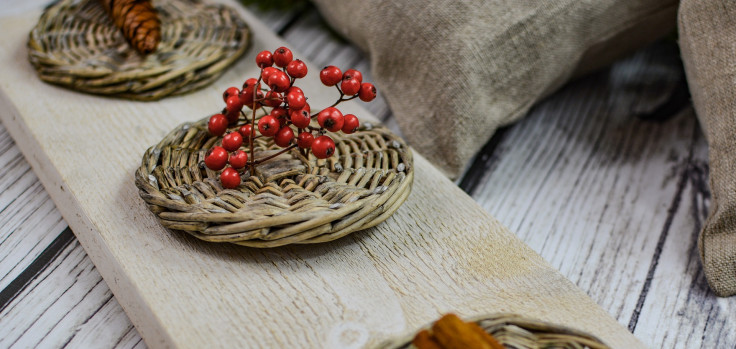
Harry S. Truman, who received one from the National Turkey Federation in 1947, most likely ate it, according to Mental Floss. John F. Kennedy didn't consume his but didn't call it a pardon either. Some of Richard Nixon's turkeys were sent to petting farms, while Ronald Reagan jokingly used the word "pardon."
Myth 16: Turkey stuffing and dressing are two different things.
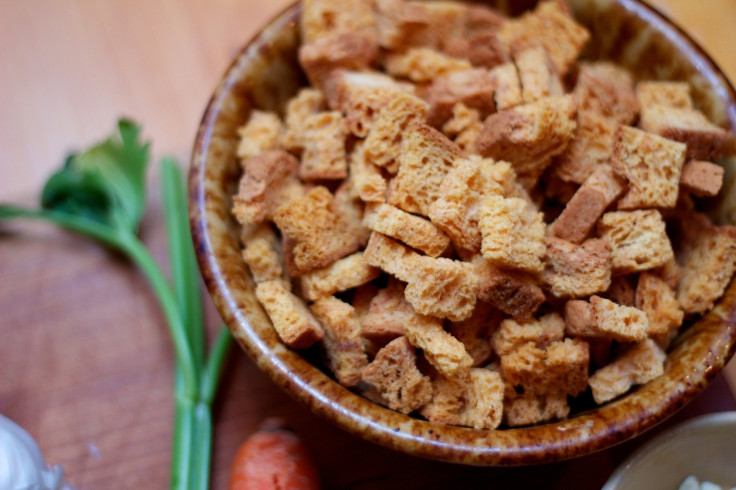
Many believe that "stuffing" is cooked inside the turkey, while dressing is cooked in a dish. The two are the same thing; many Americans are only confused with the terms due to geographical differences. Southerners commonly call it "dressing" whether cooked inside or outside the turkey, while "stuffing" is the common term among Northerners.
Myth 17: Tryptophan is the cause of sleepiness after Thanksgiving dinner.
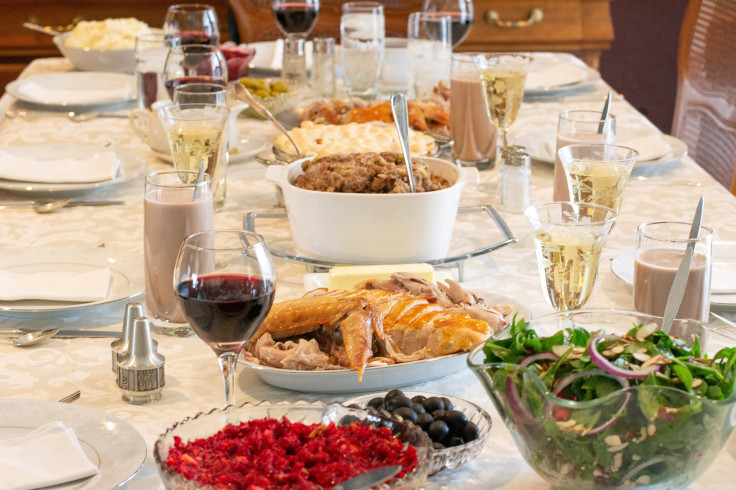
Tryptophan is a type of amino acid found in turkey. The human body can use it to create serotonin, which aids sleep. However, very little amount of it makes it to the brain. Thanksgiving sleepiness is mostly due to overeating and drinking.
Myth 18: Thanksgiving is exclusively American.

Other countries have similar celebrations. People also celebrate Thanksgiving in Canada, Grenada, Australia's Norfolk Island and Leiden, Holland.
© Copyright IBTimes 2024. All rights reserved.





















